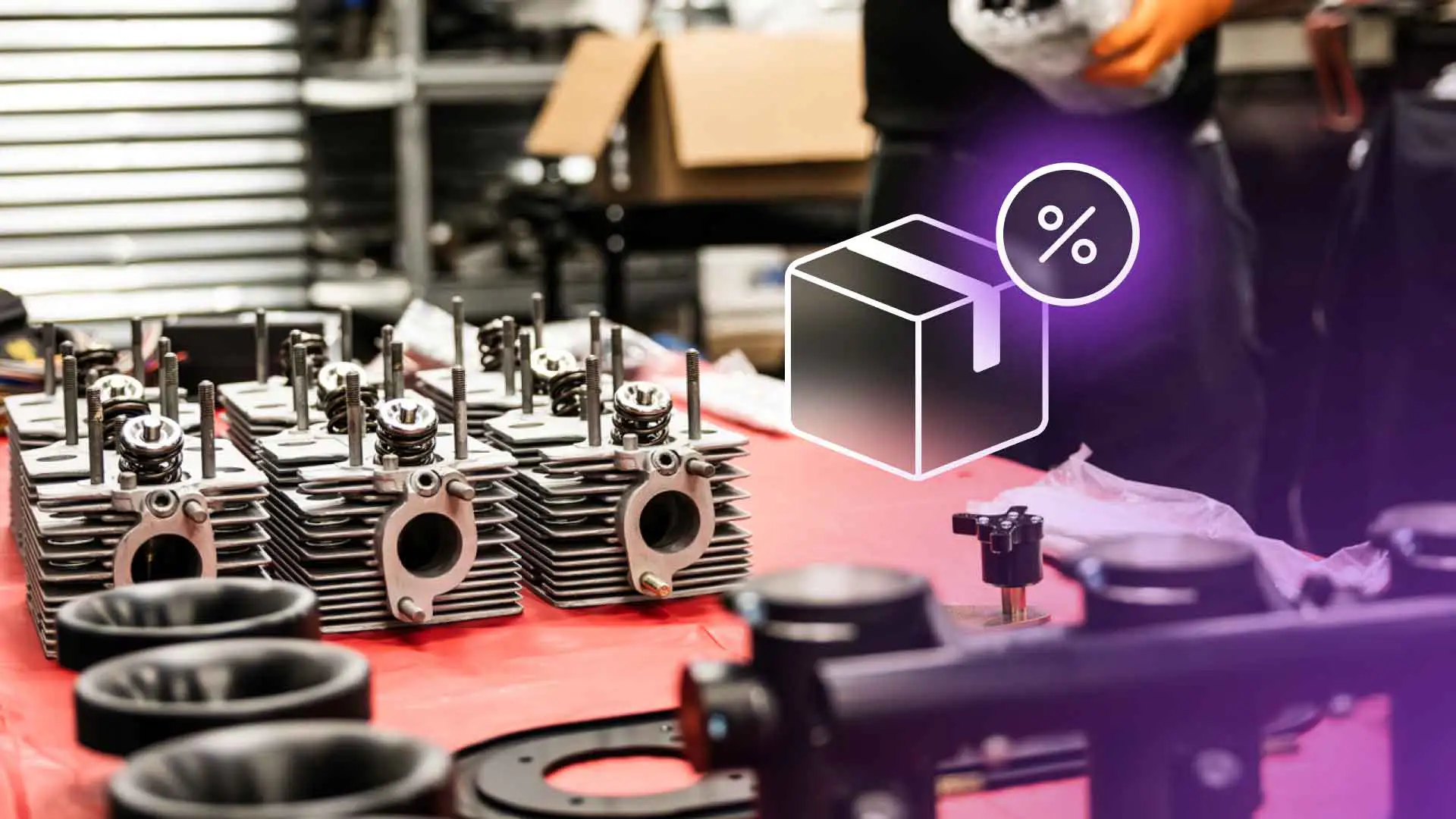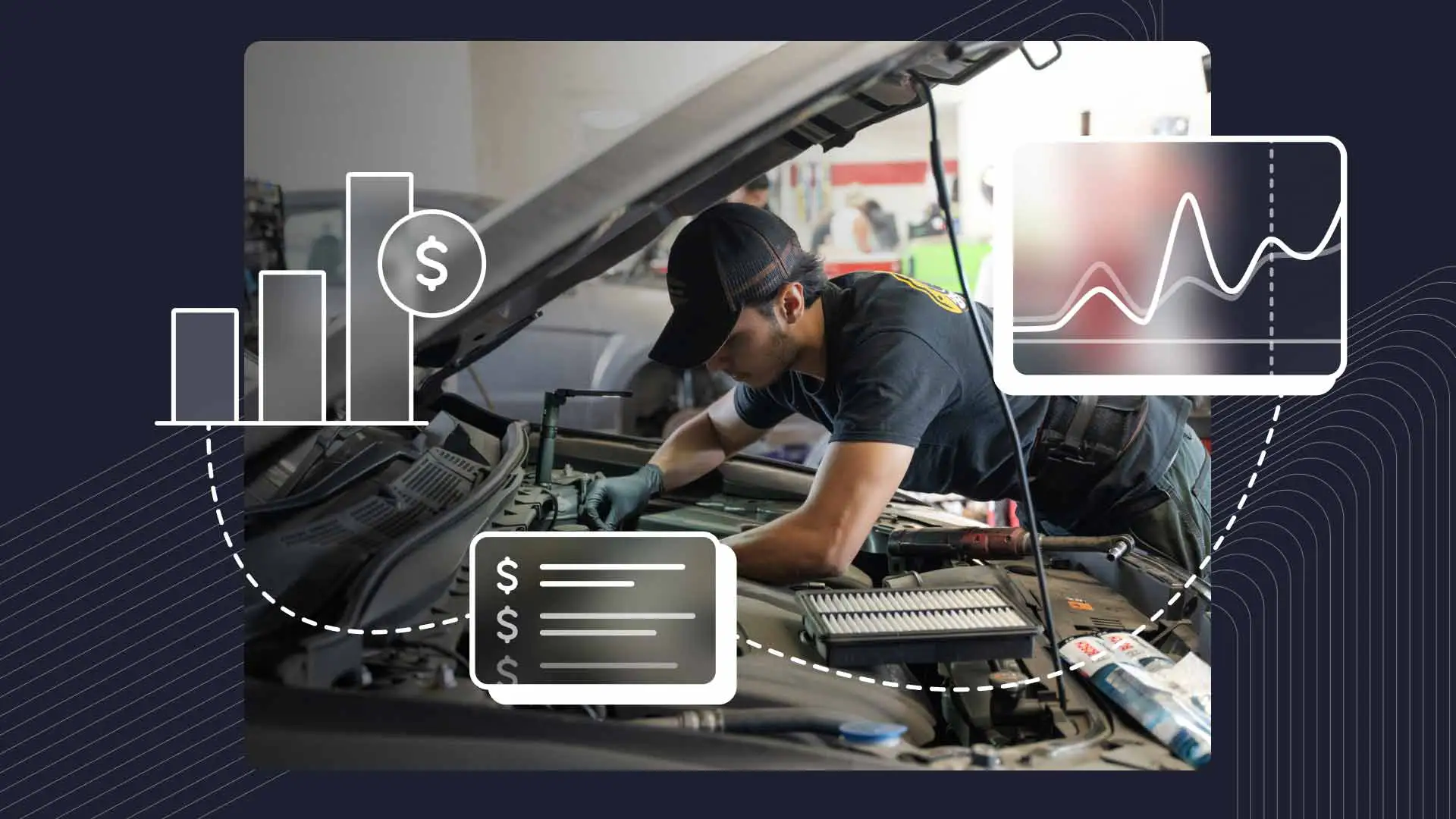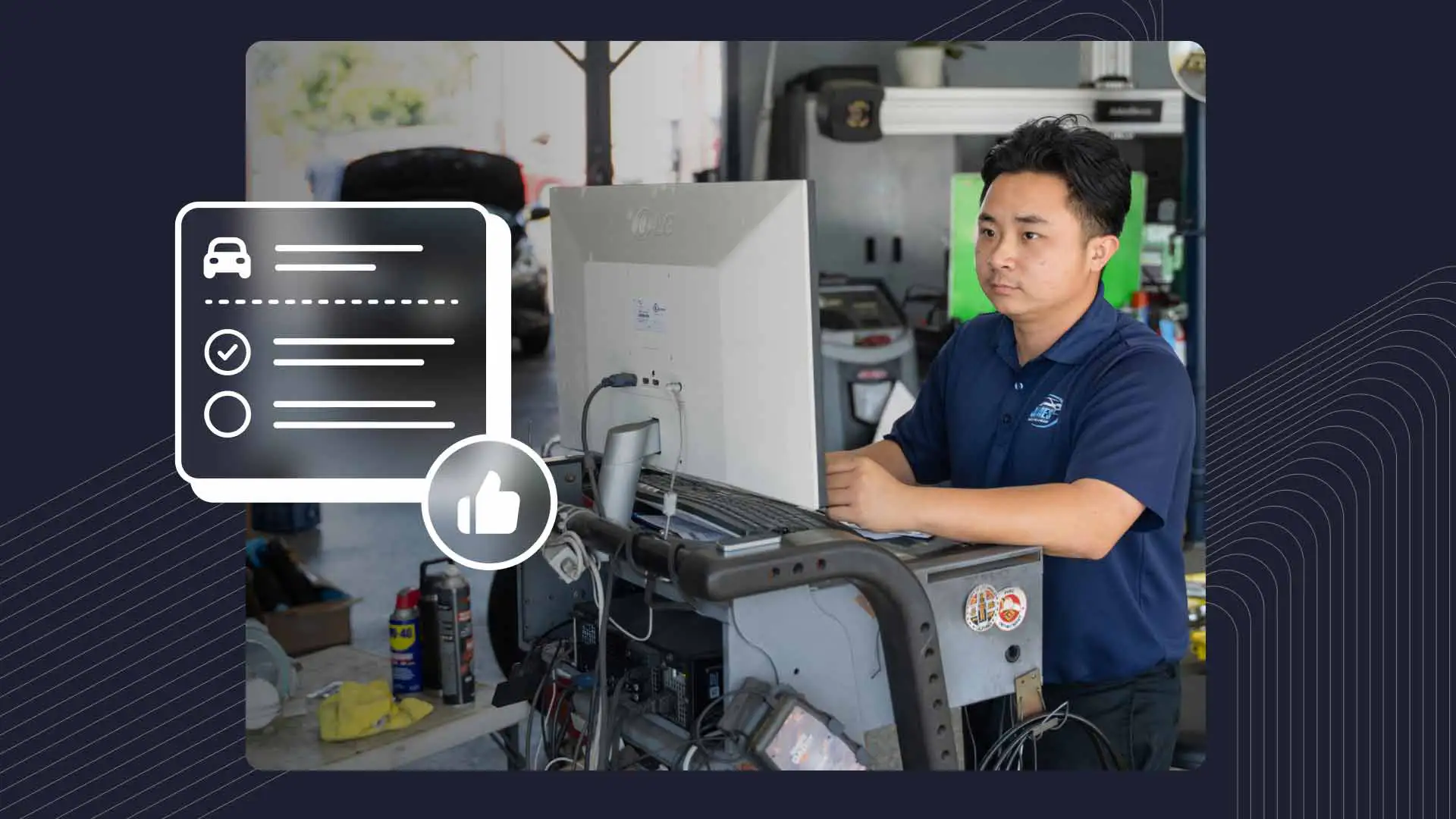When a customer enters your shop for a routine brake pad replacement, they’re probably not thinking about international trade policies. But when their invoice is suddenly 25% higher than last time–thanks to new tariffs–you might have some explaining to do.
Simply put, tariffs are taxes on imported goods designed to protect domestic industries or generate revenue. Governments use them to counter unfair trade practices, address national security concerns, reinforce environmental policies, or even shrink trade deficits and strengthen local markets.
For repair shops, tariffs on imported parts, tools, and equipment can create unexpected challenges. Rising costs can throw off ordering and inventory management, or cause price-sensitive customers to delay or even skip necessary repairs. But a good strategy can help you navigate this unsteady terrain, keeping your shop running smoothly and your customers coming back.
The Direct Impact
Imported Parts: Starting with the obvious, tariffs raise prices on imported goods. Lots of components, whether they’re OEM or aftermarket, are made overseas. When tariffs are placed on specific countries or types of products, those parts cost more. For example, if your shop uses suspension or brake components from Mexico, then a 25% tariff would jack up the price from $100 to $125 per part. Multiply that by dozens of repairs per week, and those increases quickly add up.
Domestic Parts with Imported Components: Just because a part is “Made in the USA,” that doesn’t mean it’s safe from tariffs. Parts that carry the “domestic” label often contain imported components like raw materials, electronic chips, or finishes. If any of those components are subject to tariffs, manufacturers will pass those costs on to repair shops. Ignition parts and body panels are good examples of parts that may be labeled American-made but often include overseas components.
Core Charges and Tariffs: Don’t forget about core charges. These refundable deposits, which are often applied to parts like alternators or transmissions, are based on a percentage of the part’s retail price. If tariffs drive up the cost of new components, then core charges could climb as well.
Indirect Consequences
Customer Price Sensitivity: Shops need to stay profitable even if their costs increase, whether that means raising labor rates or overall repair prices. Unfortunately, customers don’t always see the bigger picture–just the bigger invoice. The result? They could start questioning charges, delay repairs, or keep driving an unsafe car rather than pony up the cash for a new part.
Competitive Landscape: Tariffs affect every shop differently. Some have strong supplier relationships or domestic alternatives that help keep costs in check. On the other hand, for those working mainly on foreign vehicles or relying heavily on imported parts, price increases can hit much harder.
The Inventory Challenge: When prices rise and fall, managing inventory gets tricky. Do you stock up now while prices are low or wait until the dust settles to reassess? What if prices drop again, or certain parts become obsolete? An unpredictable market throws off the whole supply-and-demand equation, and makes forecasting and cash flow management stickier.
Repair vs. Replace Decisions: Higher parts costs could cause some customers to look for alternatives, like used or salvaged parts. Others may decide it’s more cost-effective to trade in or sell their older vehicle rather than fix it. If this becomes a trend, shop owners might have to rethink their services, potentially focusing on minor repairs vs. major overhauls.
Tool and Equipment Costs: You know those tools and equipment you use every day–OBD-II scanners, transmission jacks, vehicle lifts, etc.? Many of them are made overseas, and tariffs could drive up their prices. This impacts your bottom line, and for some shops, it could put planned purchases on hold.
Navigating the Tariff Landscape
The good news is there are several ways to navigate the uncertainty of tariffs, starting with diversifying your supplier base. Getting parts from multiple sources–both domestic and overseas–makes you less vulnerable to price hikes. Building strong relationships with suppliers also gives you more flexibility when it comes to pricing and availability. Many suppliers are willing to work with shops on pricing, too, especially for long-term or high-volume accounts. Keep those lines of communication open, and don’t hesitate to ask about discounts or other cost-saving options.
Customers may question why their repair bill has gone up, and the best approach is to be open and honest. When customers understand that tariffs have caused prices to rise industry-wide, they’re more likely to accept the adjustments. Another way to manage costs for customers: Consider using quality aftermarket or remanufactured parts instead of OEM options.
You might also be able to offset rising prices by tightening up your own operations. Modern shop management software, for example, can streamline areas like workflow and inventory management, and automate tasks like appointment reminders and invoicing, saving both time and money.
Finally, stay informed about tariff changes so you can plan ahead. Government sources like the U.S. International Trade Commission (USITC) and the International Trade Administration (ITA) offer regular updates, as does the World Trade Organization. In addition to mainstream media, financial news outlets like MarketWatch and Business Insider are good resources for keeping up with tariff developments.
Staying Ahead of the Curve
Tariffs might not be top of mind every day, but they can quickly hit home. From driving up the cost of imported and even “American-made” parts to influencing whether customers choose repairs over replacements, tariffs can impact your business in unanticipated ways.
While you can’t predict the future, you can prepare for it. Staying flexible, planning ahead, and having backup strategies in place will help you navigate market shifts and keep your shop running smoothly. A proactive approach can mean the difference between disruption and staying competitive, no matter which way the trade winds blow.
Stay ahead of the curve by maximizing your shop’s efficiency and profitability with all-in-one auto repair shop software. Request a demo today to see how the right tools can give your business the edge in a changing industry.




